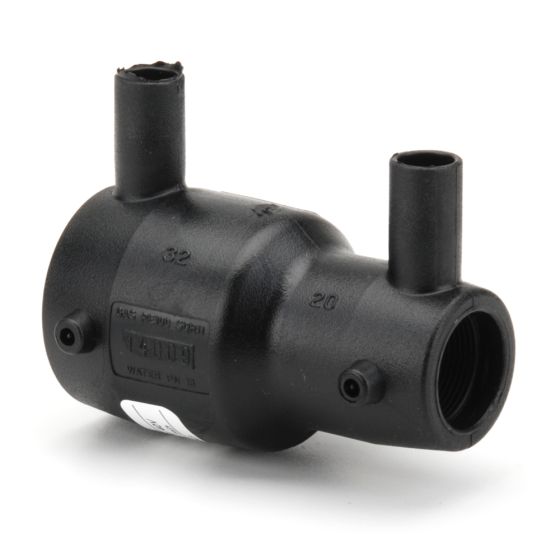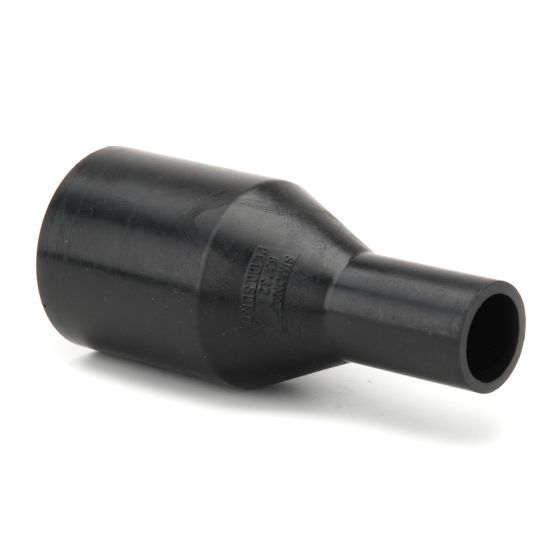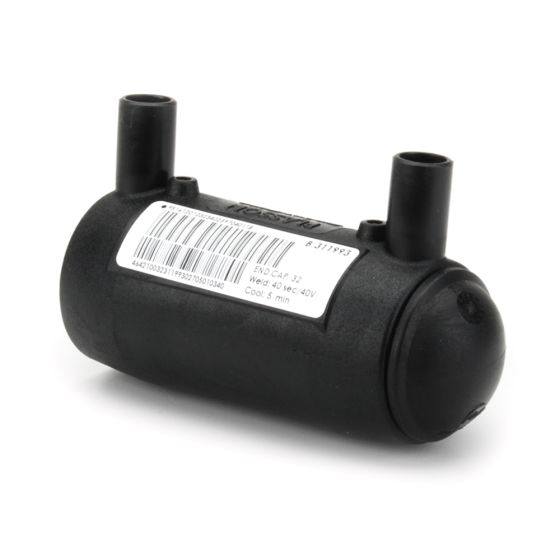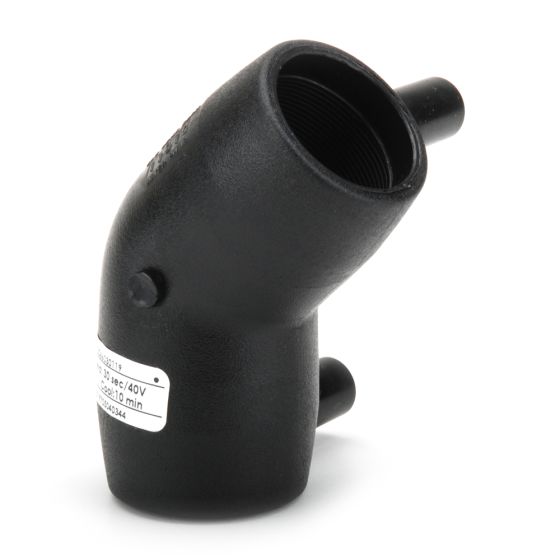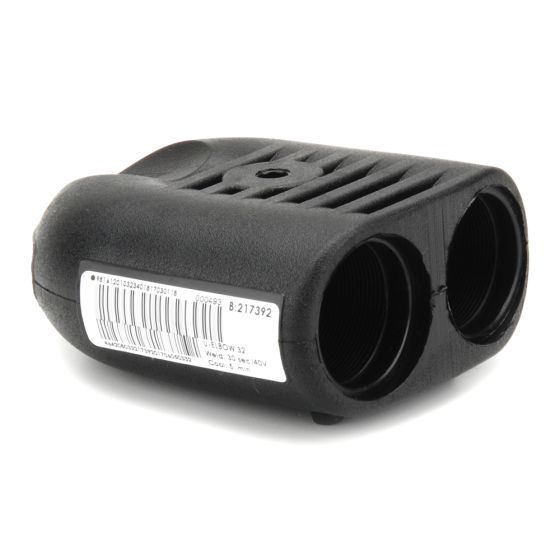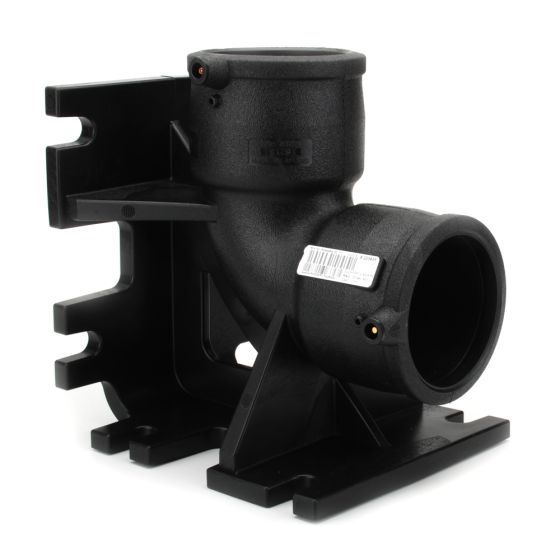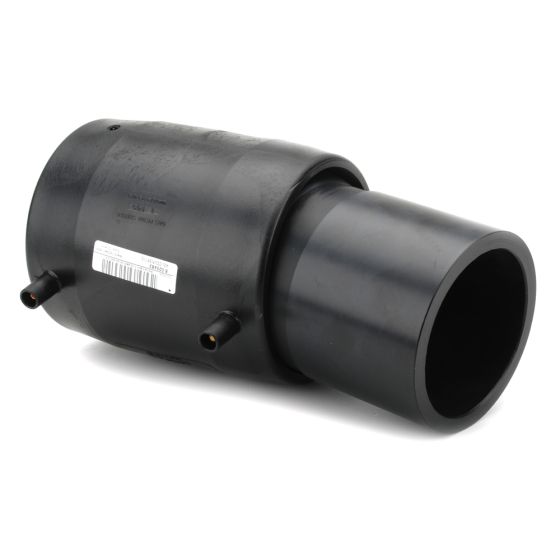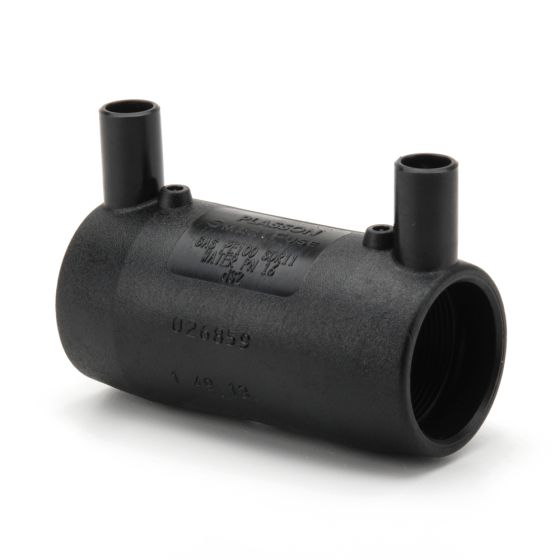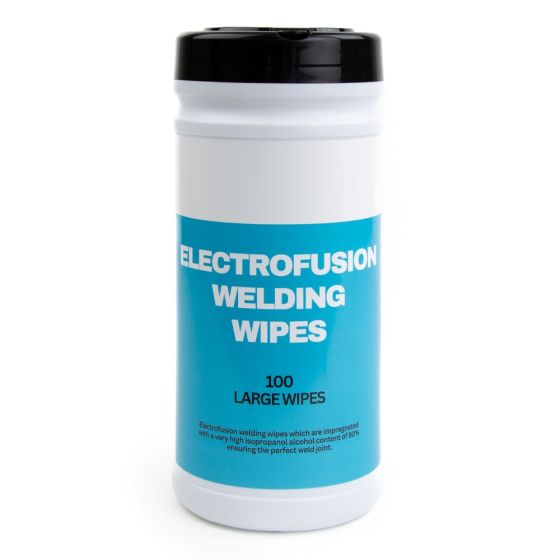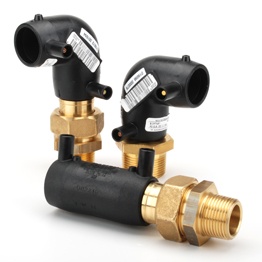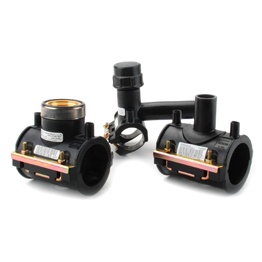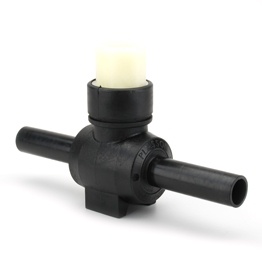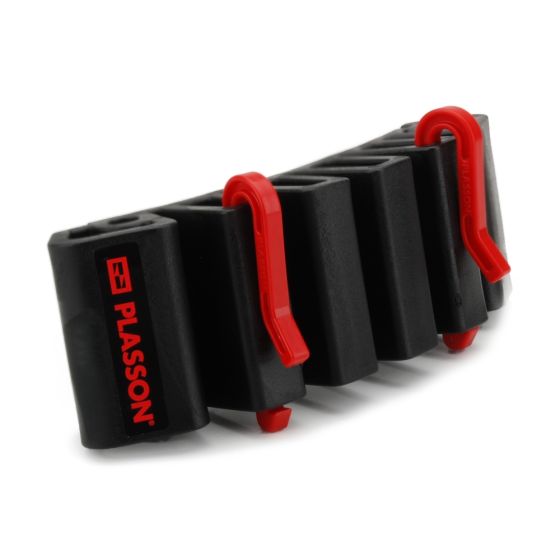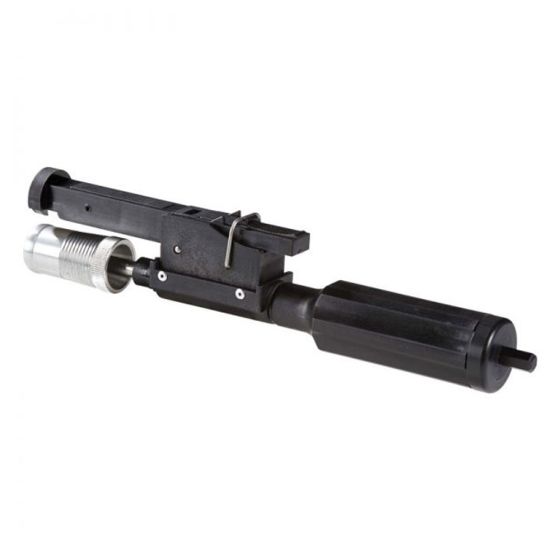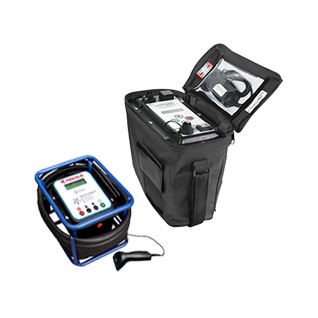Electrofusion Fittings
![]()
What Are Electrofusion Fittings?
Electrofusion fittings are specialised connectors used to join thermoplastic pipes such as high-density polyethylene (HDPE) and medium-density polyethylene (MDPE) in a pipe network. They are primarily used in the utilities industry for safe and efficient gas and water distribution systems.
How Electrofusion Fittings Work
Electrofusion fittings contain an embedded electrical resistance wire. During the installation process, an electric current is passed through this wire using a dedicated electrofusion processor or control unit. The current heats the wire, causing the surrounding plastic in the fitting and the pipe's outer surface to melt and fuse together, creating a continuous, homogenous joint when cooled.
Key Features of Electrofusion Fittings
- Versatility: They can connect pipes of different or similar materials that have matching outside diameters.
- Reliability: Creates strong, homogeneous joints that are as robust as the pipe itself, providing leak-proof systems.
- Durability: Highly resistant to corrosion, chemical reactions, and environmental stress, ensuring longevity in buried and above-ground installations.
- Ease of Installation: Requires less physical space and time to install compared to butt fusion, and can be performed under a variety of weather conditions. The process is largely automated, requiring minimal manual handling, which reduces the likelihood of human error.
Applications of Electrofusion Fittings
- Water Supply: Used extensively in municipal water supply networks for their reliability and strong, leak-proof properties.
- Gas Distribution: Because of their high integrity and strength, electrofusion fittings are crucial in natural gas distribution networks.
- Industrial Applications: Suitable for conveying different chemicals and fluids in industrial settings due to their chemical resistance.
- Mining and Landfill: Used for leachate extraction systems and gas venting systems in harsh environments.
Technical Information for Electrofusion Fittings
- Pressure Rating: 16bar (excluding Lightfit)
- Standards: BS EN12201, WIS 4-32-14, WIS 4-32-15
- Body Material: PE100
- Pins: 4mm
- Suitable Pipe: MDPE & HDPE
- Voltage: 40V unless stated
All our electrofusion fittings comply with DWi Regulation 31 for water quality and are approved (up to 315mm) to UK Water Reg4.
How To Connect Electrofusion Fittings
Performing electrofusion is a precise process that involves joining two sections of thermoplastic pipes, typically HDPE or MDPE, using specialised fittings equipped with electrically conductive elements. Here’s a brief step-by-step guide on how to perform electrofusion to ensure a strong, leak-proof joint:
Please Note: Electrofusion should only ever be carried out by trained professionals.
Tools and Equipment Needed:
-
Electrofusion processor (control unit)
-
Electrofusion fittings
-
Pipe cutter
-
Pipe scraper or rotary peeling tool
-
Cleaning wipes
-
Re-rounding tool (if necessary)
-
Clamps (to hold the pipe and fitting together)
Steps To Perform Electrofusion Welding:
- Prepare the Pipes:
-
Cut the Pipe: Ensure the pipe ends are cut straight and square using a pipe cutter. Avoid any angled cuts as they can compromise the integrity of the joint.
-
Clean the Pipe: Use cleaning wipes to thoroughly clean around the area of the pipe where the fitting will be installed. Remove any dirt, grease, or moisture that could interfere with the fusion.
-
Scrape the Pipe: Use a pipe scraper or a rotary peeling tool to remove the oxidised layer and contaminants from the outer surface of the pipe in the area to be welded. This ensures a clean, fresh surface for better fusion.
-
- Mark the Insertion Depth:
- Mark the pipe to indicate the correct insertion depth into the fitting. This is typically specified in the fitting’s instructions or can be determined by measuring the depth of the coupler.
- Align and Insert the Pipe into the Fitting:
- Align the pipe with the fitting and gently insert it up to the marked depth. Ensure no twisting or dragging of the pipe occurs, as this can contaminate the cleaned surfaces.
- Clamp the Assembly:
- Use clamps to securely hold the pipe and the fitting together during the fusion process. This prevents any movement that could cause a weak joint.
- Connect the Electrofusion Processor:
- Attach the leads from the electrofusion processor to the terminals on the fitting. Ensure good contact to provide consistent electrical conductivity.
- Start the Fusion Process:
- Turn on the electrofusion processor. The processor will control the amount of voltage and the duration based on the fitting type and size. It heats the coil within the fitting to create the fusion between the pipe and the fitting.
- Follow the processor’s instructions precisely; each fitting type may require different times and temperatures.
- Cooling Time:
-
Once the fusion cycle is complete, allow the joint to cool for the recommended time without disturbing it. Cooling under pressure is crucial to ensure that the melted materials solidify properly to form a strong bond.
-
Do not remove clamps or apply any stress to the joint during the cooling period.
-
- Inspect the Joint:
- After the joint has cooled, inspect it for any signs of misalignment, under-fusion, or other visible defects. An improperly fused joint may require cutting out and replacing.
Tips for Successful Electrofusion:
-
Ensure the pipe and fitting are compatible in terms of size and material.
-
Always use clean and undamaged tools and equipment.
-
Follow the manufacturer’s specifications for heating and cooling times.
-
Ensure ambient temperatures are within the range suitable for electrofusion as recommended by the manufacturer.
If you require any further information, our excellent customer service team is here to help so please call us on 01794 835835.





